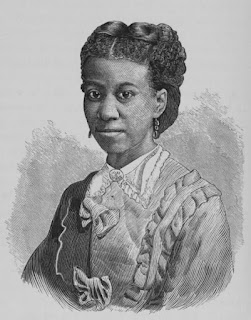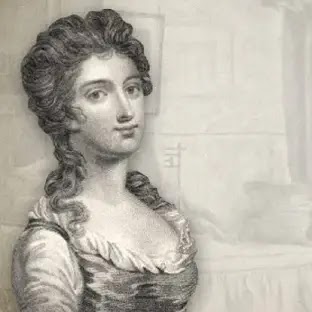Read Part One HERE
Despite Maria's experience and training, it took local Black leaders to urge the Cambridge school board to hire her. In 1887, at the age of 31, she became a teacher at the Agassiz Grammer School, rising to the role of principal just two years later. Once she started teaching progressive White Cantabrigians recognised her talents. A 1908 report stated that this "coloured woman, Miss Maria Baldwin was the principal of the Agassiz school of Cambridge, attended by 600 white children. The author heard her spoken of in the highest terms by white people." In the eyes of the city's White progressives, Maria stood as "almost one of the institutions in Boston." As she never married, she retained her position thoughout her life.
In the late 1870s and early 1880s. parallel to this skyrocketing careeer, Maria joined African American civil rights groups. As a member of these groups, she spoke publicly on civil rights and women's rights issues, describing the power of women's suffrage and arguing that improved youth education would support that cause.
Please read Part Twenty-Four HERE




































